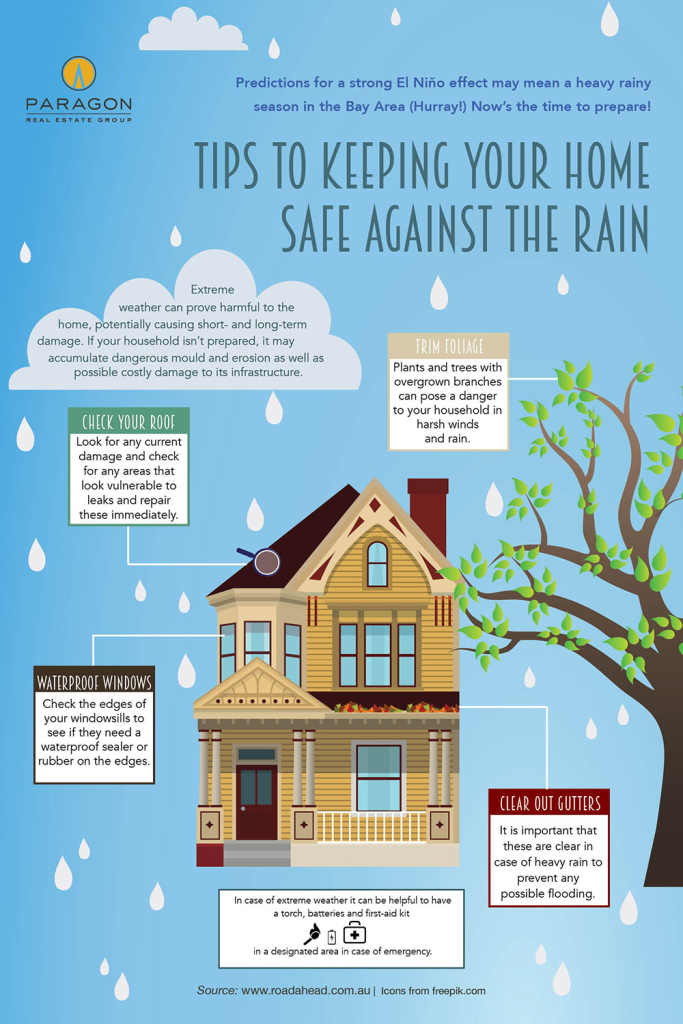The Importance Of Roofing Ventilation In Achieving A Successful Installment
The Importance Of Roofing Ventilation In Achieving A Successful Installment
Blog Article
Authored By-Hermansen Rosa
When you're taking on a roof covering job, you might not assume much regarding roofing ventilation, yet it's even more critical than you realize. Efficient air flow assists manage temperature level and dampness in your attic, avoiding problems like mold and architectural damages. By understanding how to design and set up a balanced ventilation system, you can enhance power efficiency and extend the life expectancy of your roof materials. So, what are the crucial elements to think about throughout installment that can make all the difference?
Relevance of Roof Air Flow
Roofing air flow plays a crucial role in keeping the general health and wellness of your home. By allowing fresh air to flow through your attic, it assists control temperature level and moisture levels. This balance is vital to prevent warm build-up throughout hot months, which can result in raised power costs as your cooling works overtime.
Furthermore, proper air flow considerably decreases the danger of moisture-related problems like mold and mildew and mildew. If moisture levels climb, your home's structural integrity can be jeopardized, leading to expensive repair services. You wouldn't intend to handle deteriorating timber or warped roofing products, right?
Furthermore, adequate ventilation extends the life expectancy of your roofing system. When warm and dampness are kept in check, your roofing can execute efficiently, protecting against premature deterioration. This suggests fewer headaches and costs down the line.
Exactly How Roofing Ventilation Works
Effective roof ventilation counts on the all-natural activity of air to produce an equilibrium between consumption and exhaust. When you set up vents, you're basically enabling fresh air to enter your attic while enabling warm, stale air to escape. This process helps control temperature level and dampness levels, stopping problems like mold growth and roofing system damage.
Consumption vents, usually found at the eaves, attract awesome air from outdoors. Meanwhile, exhaust vents, situated near the ridge of the roofing system, allow hot air increase and exit. The distinction in temperature develops a natural airflow, called the pile effect. As warm air surges, it creates a vacuum that pulls in cooler air from the reduced vents.
To optimize this system, you need to ensure that the intake and exhaust vents are appropriately sized and positioned. If the consumption is limited, you won't attain the desired ventilation.
Likewise, not enough exhaust can trap heat and moisture, resulting in potential damage.
Key Setup Considerations
When mounting roof ventilation, a number of key considerations can make or damage your system's performance. Initially, you need to analyze your roof covering's layout. The pitch, shape, and materials all affect air movement and air flow option. Make certain to choose vents that suit your roofing kind and neighborhood climate problems.
Next, consider the positioning of your vents. Preferably, you'll desire a balanced system with consumption and exhaust vents placed for ideal air movement. Area intake vents short on the roof covering and exhaust vents near the height to encourage a natural flow of air. This arrangement assists stop wetness buildup and advertises energy efficiency.
Don't forget about insulation. Correct insulation in your attic prevents warmth from getting away and keeps your home comfy. Guarantee that insulation doesn't block your vents, as this can hinder airflow.
Lastly, consider just click the next document . Choose ventilation systems that are very easy to access for cleaning and examination. Normal maintenance guarantees your system remains to work successfully over time.
https://www.newstribune.com/news/business/story/2021/jun/06/bbb-tips-research-can-help-homeowner-find-right-roofer/873940/
To conclude, roofing system ventilation is crucial for an effective installation. By making certain appropriate air movement, you can avoid warmth build-up and wetness issues that lead to costly damage. When you strategically position consumption and exhaust vents, you boost energy efficiency and prolong the lifespan of your roof covering. Remember, a well-ventilated roof covering not only protects your financial investment but additionally boosts your interior air top quality. So, focus on ventilation to guarantee a resilient and economical roofing system for your home.
